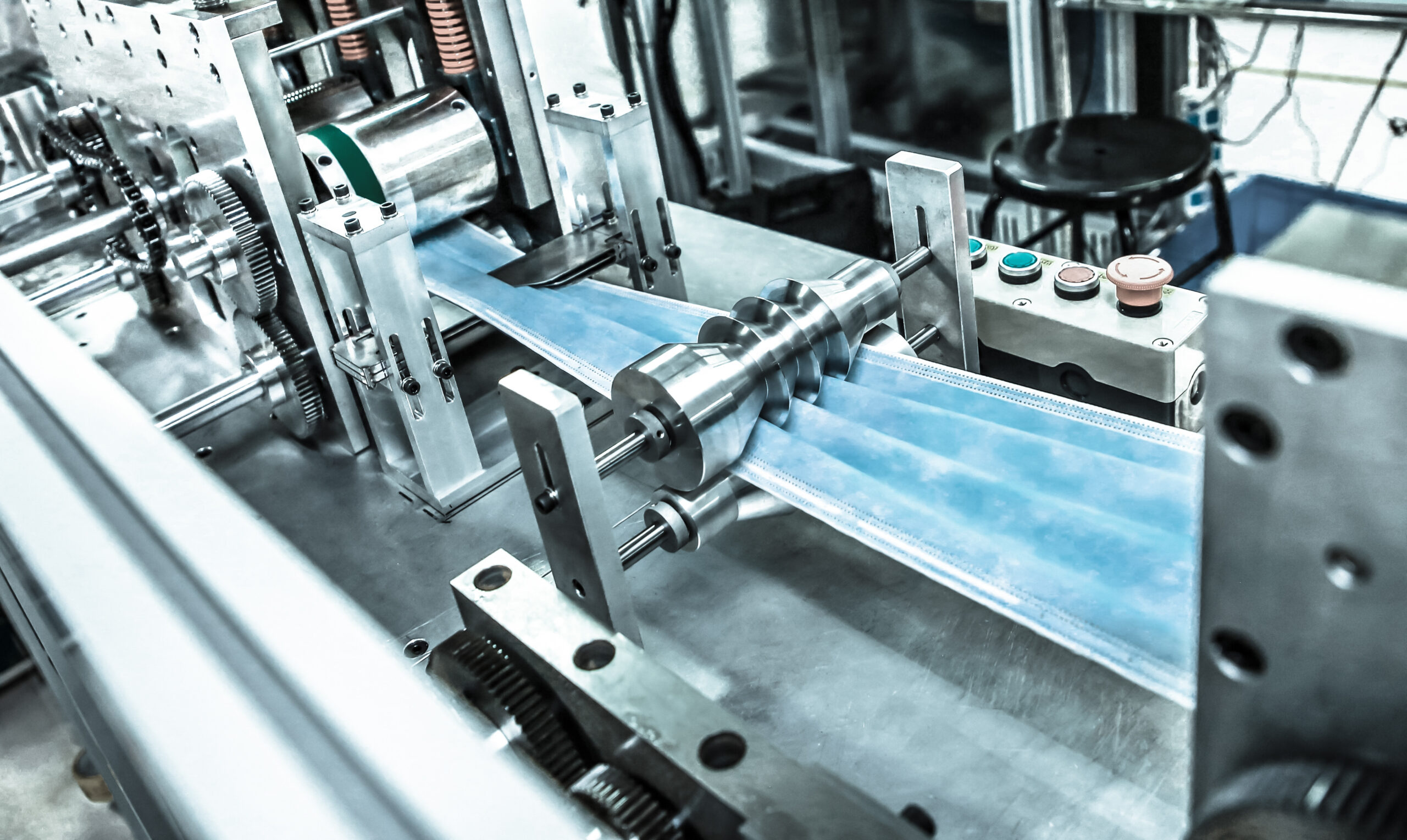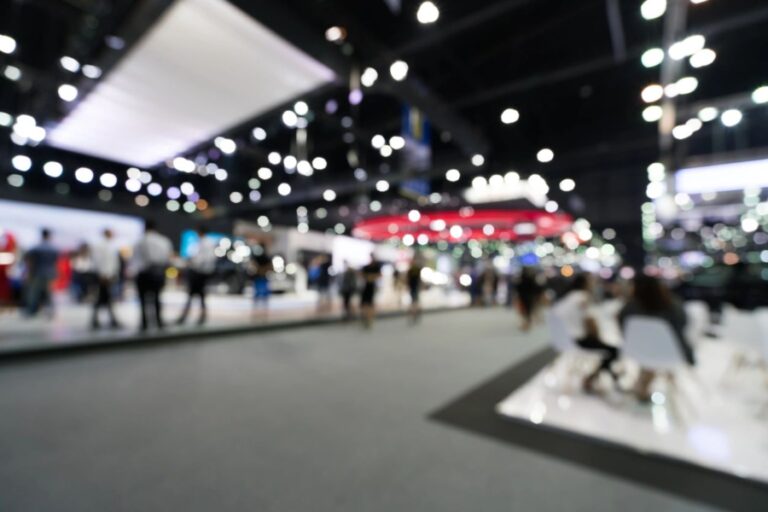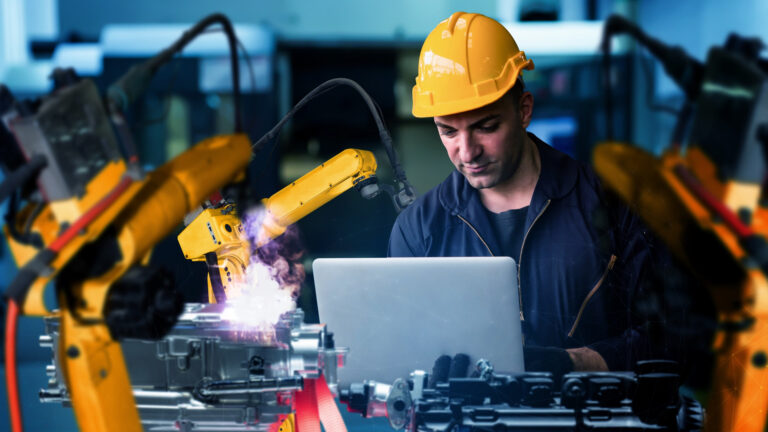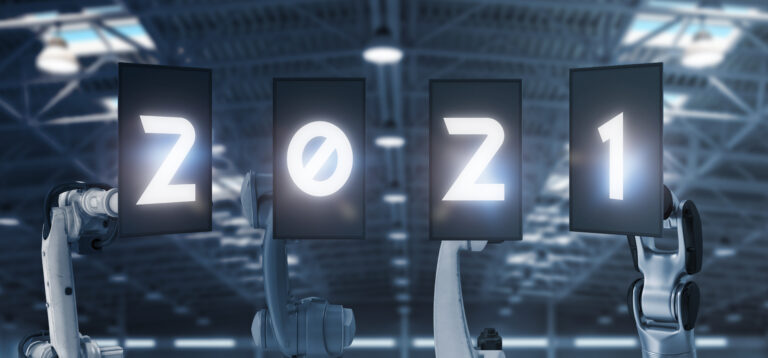
The pandemic has impacted every aspect of our daily lives, as social distancing measures and repeated lockdowns have kept us all apart. We’ve all had to accept a new normal – manufacturing in the pandemic is no different.
For industry, the new normal has meant a period of mass disruption. Organizations have had to pivot their existing business models to survive. Many workers have worked or are still working from home, and the adoption rates of digital work approaches have accelerated dramatically.
The message is clear: If you want to keep alive the business of manufacturing in the pandemic, you must adopt both digital and remote working initiatives.
Working Together When We’re Apart
Within the world of manufacturing in the pandemic, this is a tricky undertaking, especially for production processes that rely on worker participation. Sometimes, a Zoom call won’t cut it.
The solution is digital manufacturing. Using a range of digital initiatives, your workforce can work together effectively, from home. Your business can continue to operate and innovate despite any imposed social distance.
In this post, I’m going to look at some of the ways you can use a range of state-of-the-art digital manufacturing methods to keep your remote staff connected and help future-proof your business in the years to come.
Shifting Design Tasks from Onsite to Offsite
For every manufacturing facility, you must design, layout and plan your production systems with great care to boost performance and productivity. Traditionally, this design process occurs in a centralized office where plans are handed down and implemented on the factory floor.
Now, an increasing number of organizations are using digital methods to design, layout, and plan their manufacturing facilities. I’ve seen small-scale digital projects integrating robotics into production right up to companies planning procedures that happen within an entire cell.
That’s not all. Some companies are scaling up their digital initiatives to design and plan entire production lines, including the design of the production systems to support that line. Some projects scale up even further, looking at the entire manufacturing facility and at the flow of material and manufacturing processes. No job is too big or small (or complex) for today’s digital manufacturing initiatives.
Today’s modern technologies allow all of this to be done not only digitally but also remotely. Your company can mitigate the pandemic-related risks of working in a traditional, centralized office. This is an important point: Your organization can design and optimize your factory floor, even if you can’t physically walk it.
Implementing Offsite, Virtual Commissioning
When you’re installing a production system for a specific manufacturing process, you have to physically be in your manufacturing facility. Sorry, but there’s no way around it.
However, you can easily apply digital methods to virtually commission those production systems. Virtual commissioning is a valuable strategy to optimize your production lines and expedite innovation, eliminating the time and expense of physical commissioning. Instead, you use digital technologies to validate your systems against models of the physical machines. Virtual commissioning is a great fit for remote work.
Adding virtual reality (VR) boosts the benefits of virtual commissioning in a remote work environment. VR is already used in a broad range of industrial settings to let you visualize things in a virtual environment. Your engineers can operate and test a machine using VR, for example, or simulate production processes to check factory floor safety.
By reducing your reliance on physical commissioning, VR helps mitigate the risks of the pandemic. This not only lowers project costs and timescales, but also lessens the risk of illness transmission because staff aren’t onsite all of the time.
Instead, your company can now rely on virtual commissioning for the bulk of commissioning while using a small amount of physical commissioning as a final check.
Deploying Offsite, Smart Manufacturing
Running a successful manufacturing facility requires overseeing its ongoing operations and understanding every part of the production line. To ensure success, you have to identify bottlenecks to minimize downtime and maximize throughput. You need to be able to easily identify the root cause of any problems. And that’s only possible with a high level of insight into the operation of your production systems.
Smart manufacturing can help. Using data extracted from your factory floor, you can start to build a digital picture of your facility: a digital twin. Once your digital twin is up and running (often in sync with your physical plant, as new data is constantly fed into the virtual entity), you can predict when and how bottlenecks may occur.
Your manufacturing facility’s digital twin streams sensor data from your production systems into a cloud offering. This allows your employees to assess operations remotely with ease. In the process, you mitigate the risks of walking the shop floor and boost productivity thanks to a reduction in commuting time.
That’s not all. If you give your digital twin machine-learning capabilities, it can start to predict these bottlenecks and other issues for you. At the same time, it will improve your product quality and throughput, and shorten the time it takes to commission your production systems while also protecting your staff.
Manufacturing in the Pandemic: Recap
- The pandemic has had a significant impact on the world of manufacturing, preventing workers from coming together on and off the factory floor.
- Your remote workforce can now rely on digital initiatives to shift the design, layout, and planning of its production systems. These digital initiatives can scale up to design an entire production facility.
- Virtual commissioning is a key digital tool. Coupled with VR, it affords remote workers the ability to interact with a simulated version of the production environment, allowing them to digitally commission your machines and systems remotely.
- Smart manufacturing can also help you identify and prevent bottlenecks through the use of sensors that capture and feed production data into a cloud-based digital twin. Remote workers can easily access and interact with this digital twin, helping you boost your throughput levels.
- The remote nature of VR and smart commissioning mitigates the transmission risks associated with staff working on the shop floor. Eliminating commute times for remote staff boosts productivity. The competitive advantage you gain by using such innovative technologies now will persist long after this pandemic is over.







